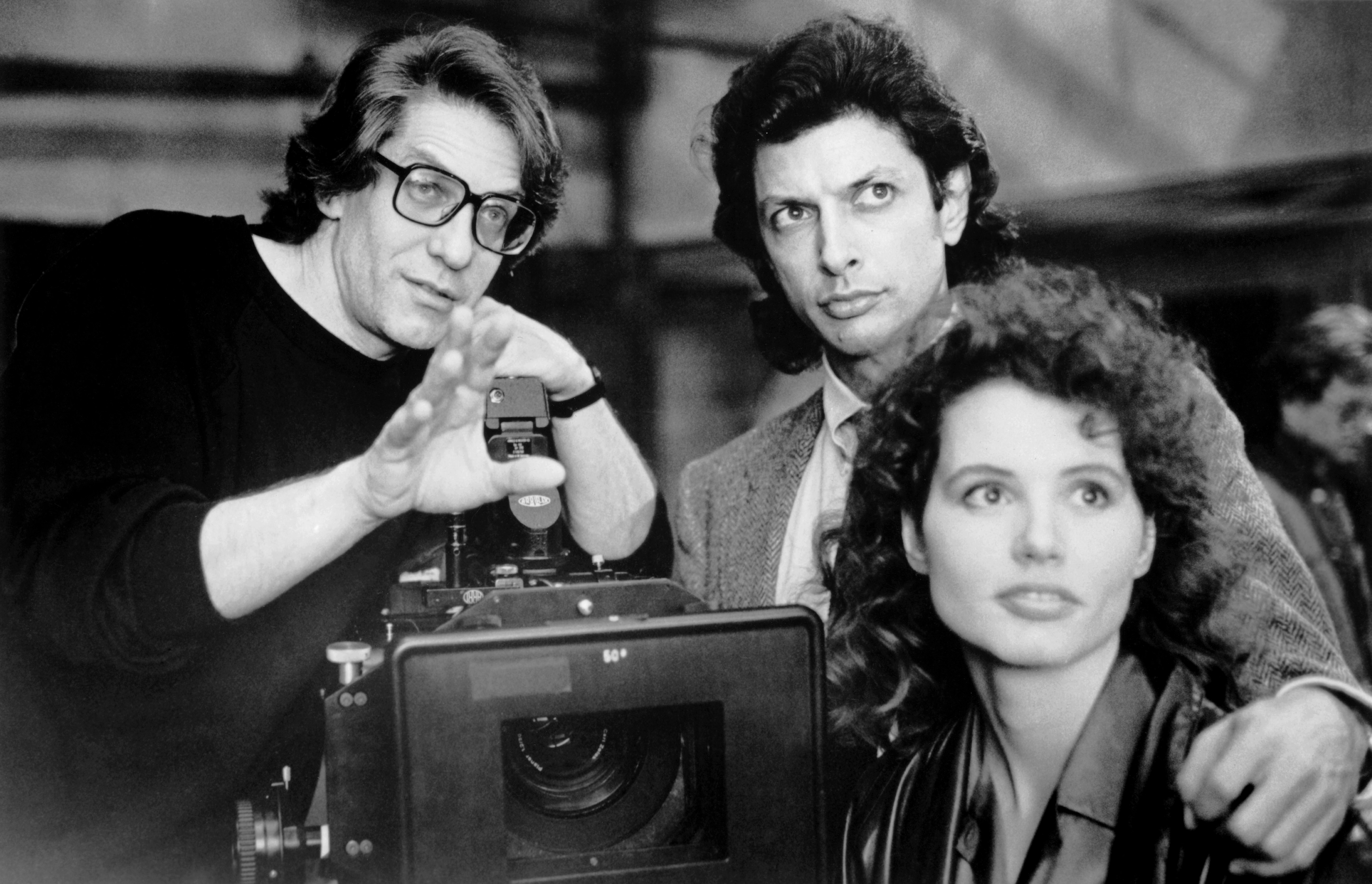Today in Movie Culture: Conan O'Brien Tries to Be The Rock's Stunt Double, the Science of 'Pacific Rim' and More
Here are a bunch of little bites to satisfy your hunger for movie culture:
Ridiculous Audition of the Day:
Watch Conan O’Brien hilariously audition to be Dwayne Johnson’s stunt double for the upcoming movie Rampage:
[embedded content]
Reworked Movie of the Day:
This recut trailer for Monty Python and the Holy Grail turns one of the funniest movies of all time into a serious historical drama (via Geek Tyrant):
[embedded content]
Remixed Movie of the Day:
Speaking of reworking movies, Eclectic Method turns the sounds of Christopher Nolan’s Inception into a dance mix:
[embedded content]
Reformatted Movie of the Day:
James Corden continues his pitch for the fake idea of 4D movies, this time with the cast of A Wrinkle in Time:
[embedded content]
Vintage Image of a Day:
David Cronenberg, who turns 75 today, directs Jeff Goldblum and Geena Davis on the set of his 1986 movie The Fly:
Video Essay of the Day:
With Isle of Dogs coming out soon, Rossatron looks at stop-motion animation and wonders why filmmakers bother with such a time-consuming format:
[embedded content]
Movie Science of the Day:
With Pacific Rim: Uprising opening soon, Kyle Hill scientifically explains why the Jaegers from the Pacific Rim movies need two brains:
[embedded content]
Cosplay of the Day:
With Tomb Raider out in theaters tomorrow, even the male fans of the property are cosplaying their versions of Lara Croft:
Getting ready to see Tomb Raider in one more day! So I decided to share some new photos taken by Carl Proctor Photos as the movie Cosplay!????????#Tombraidermovie#cosplay#tombraider#AliciaVikanderpic.twitter.com/JZ6eieKUe1
— DEVANTÉ JONES (@_DevanteJones) March 14, 2018
Movie Comparison of the Day:
Speaking of Tomb Raider, Couch Tomato shows 24 reasons why the 2003 movie Lara Croft: Tomb Raider – The Cradle of Life is the same movie as Raiders of the Lost Ark:
[embedded content]
Classic Trailer of the Day:
This weekend is the 40th anniversary of Straight Time. Watch the original trailer for the classic Dustin Hoffman crime drama below.
[embedded content]
and



